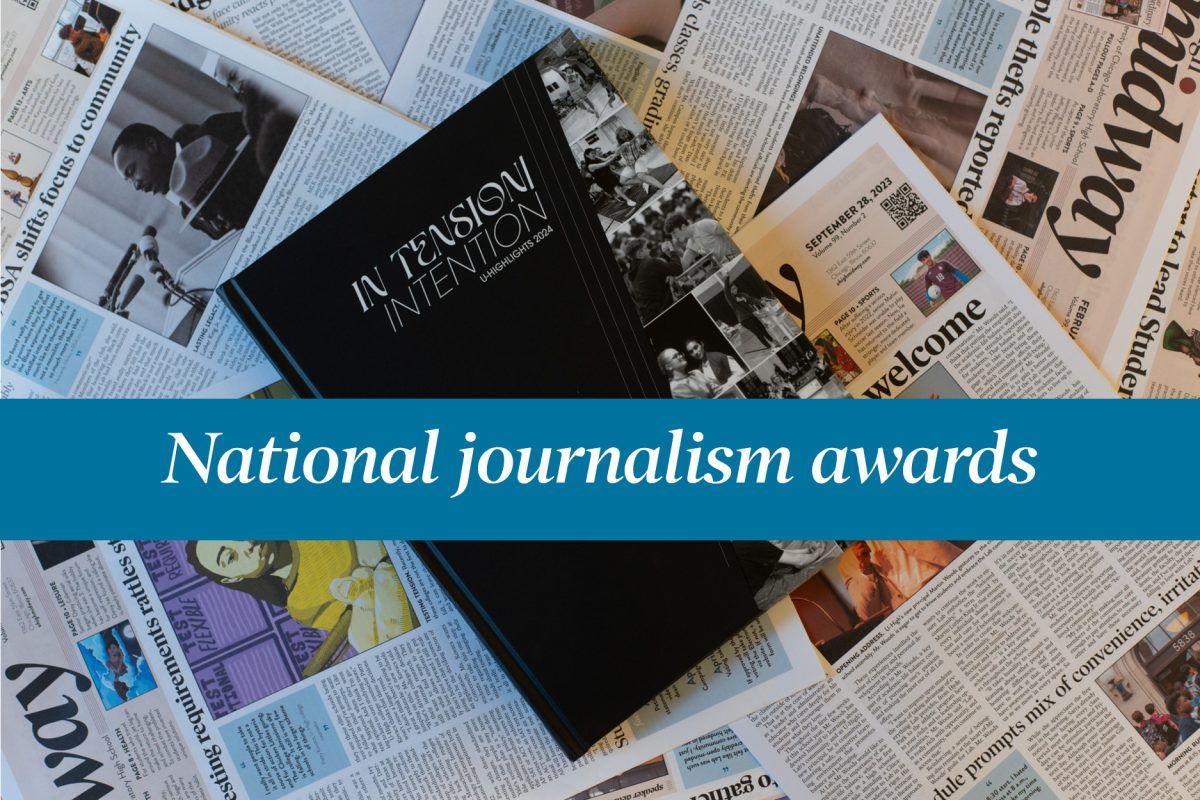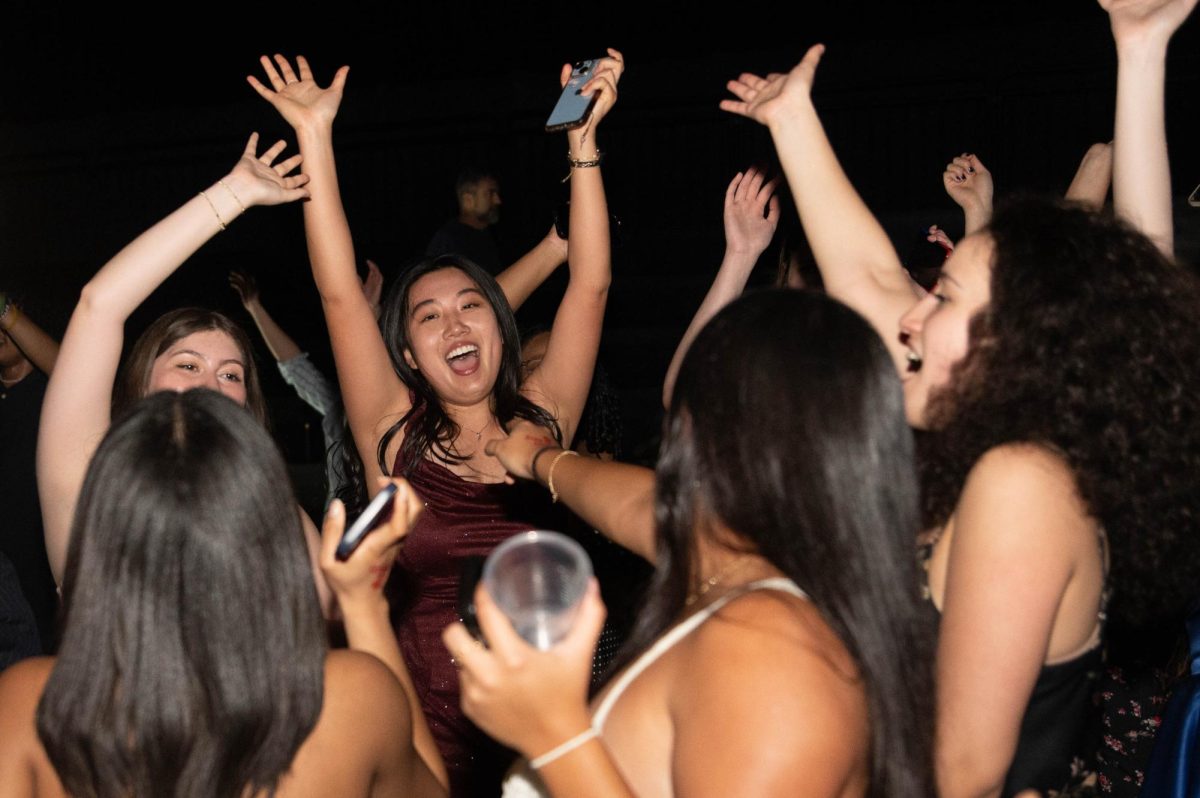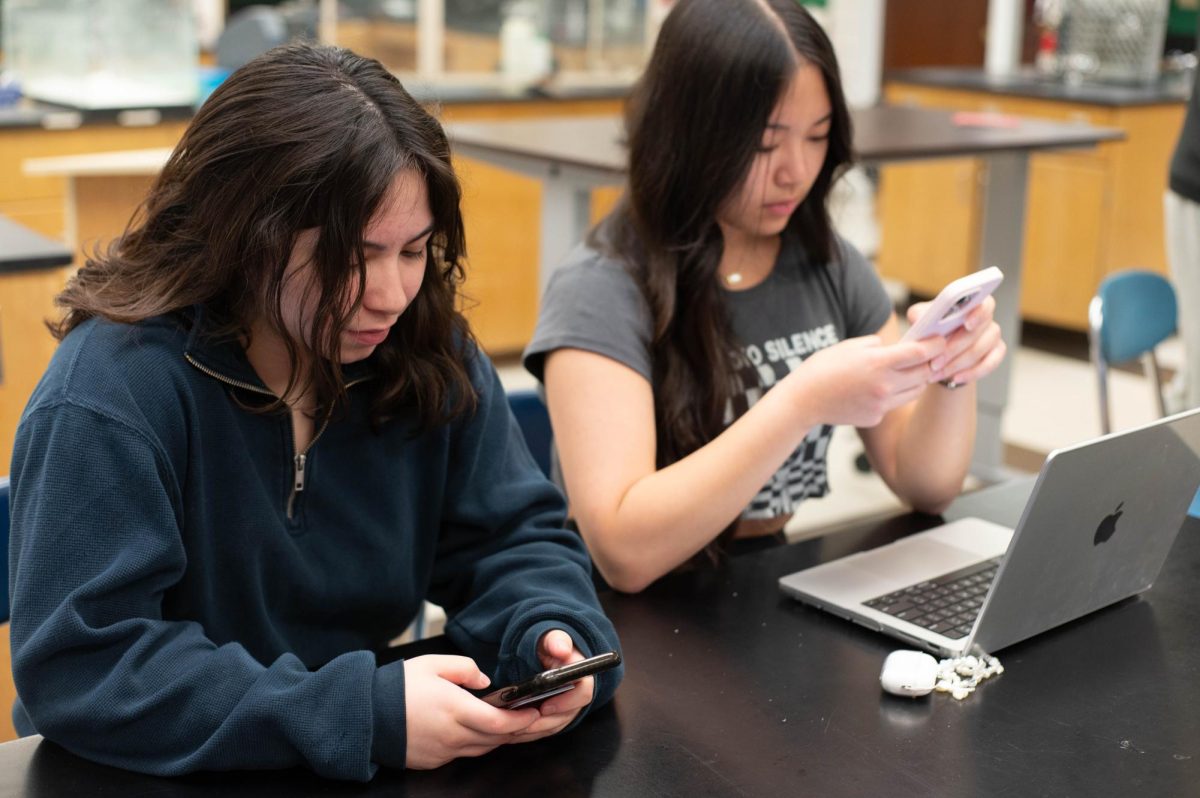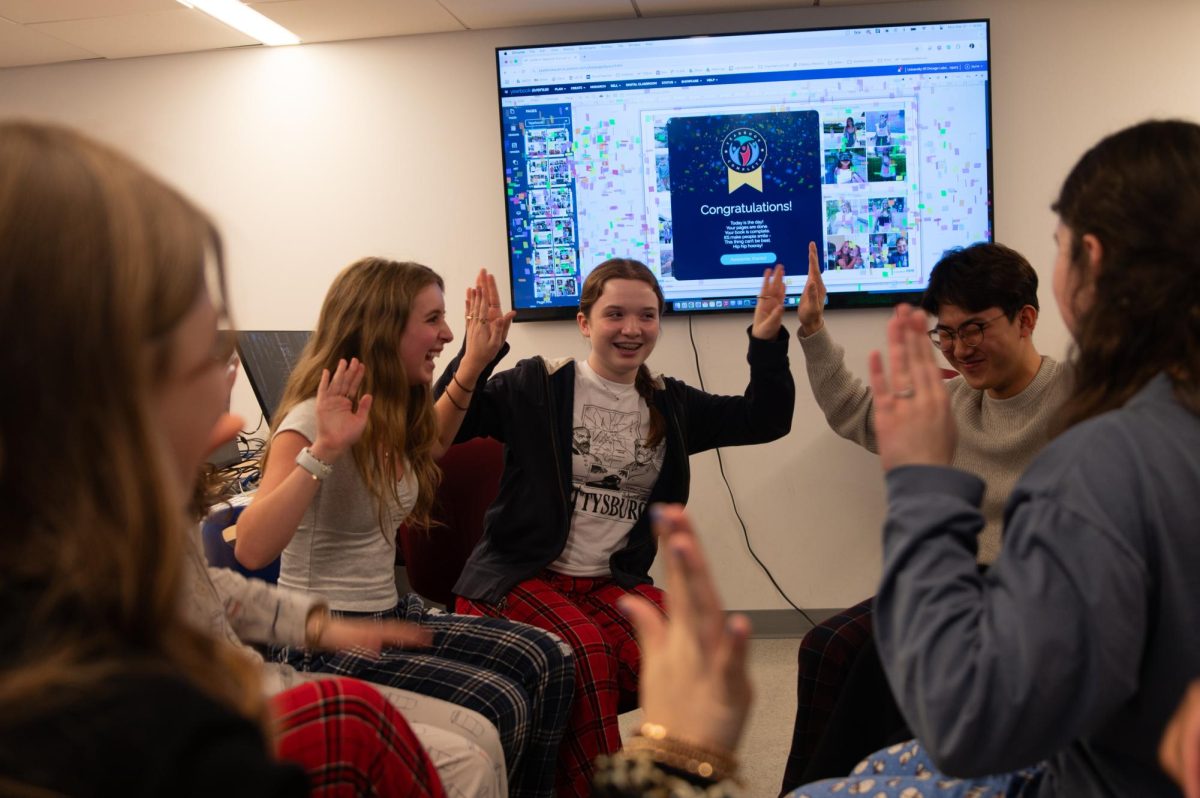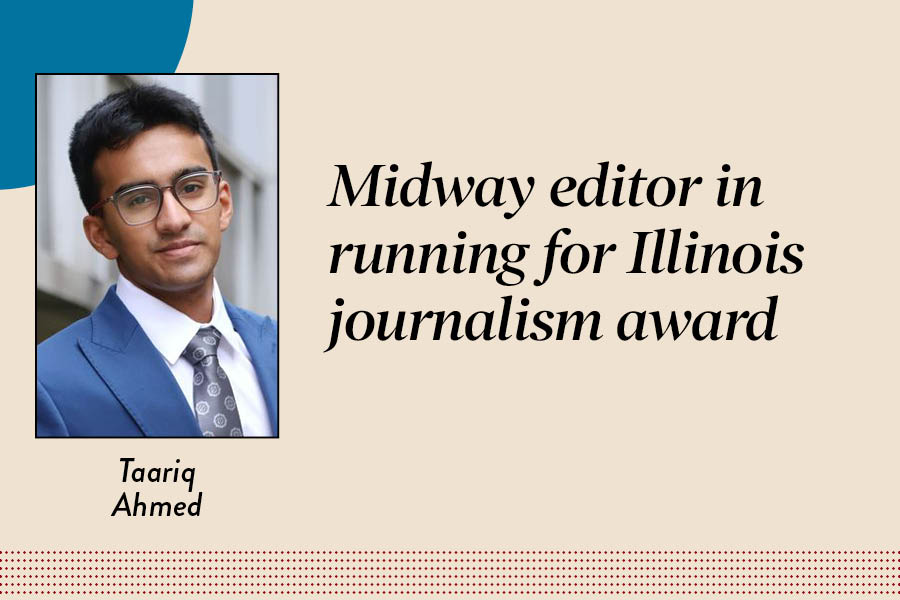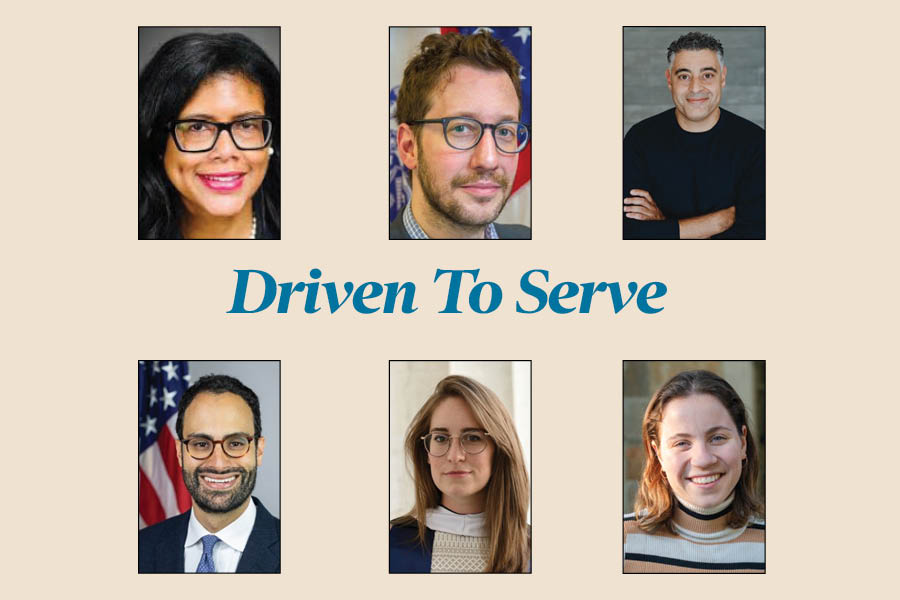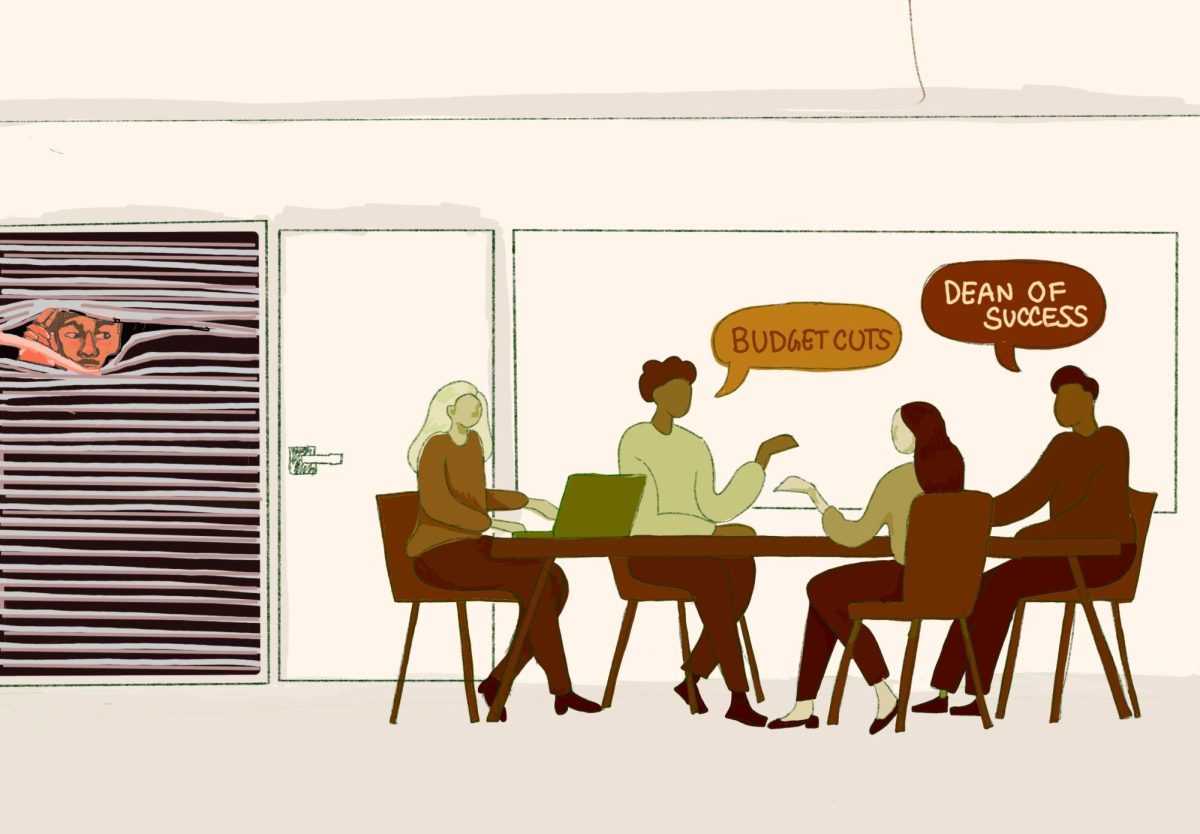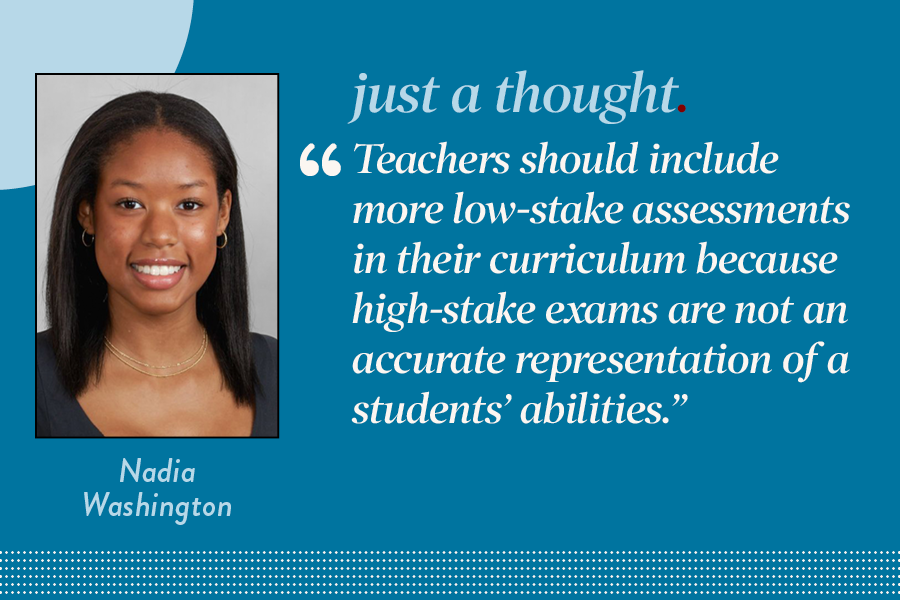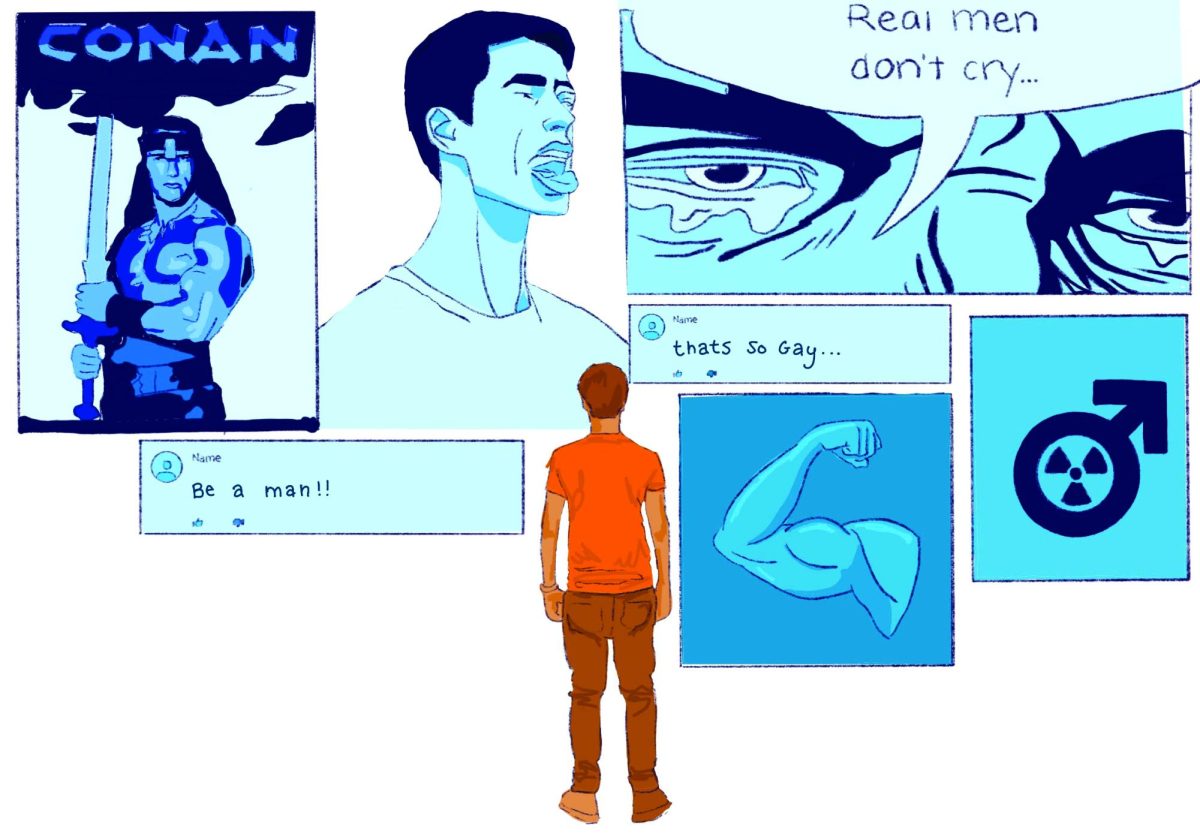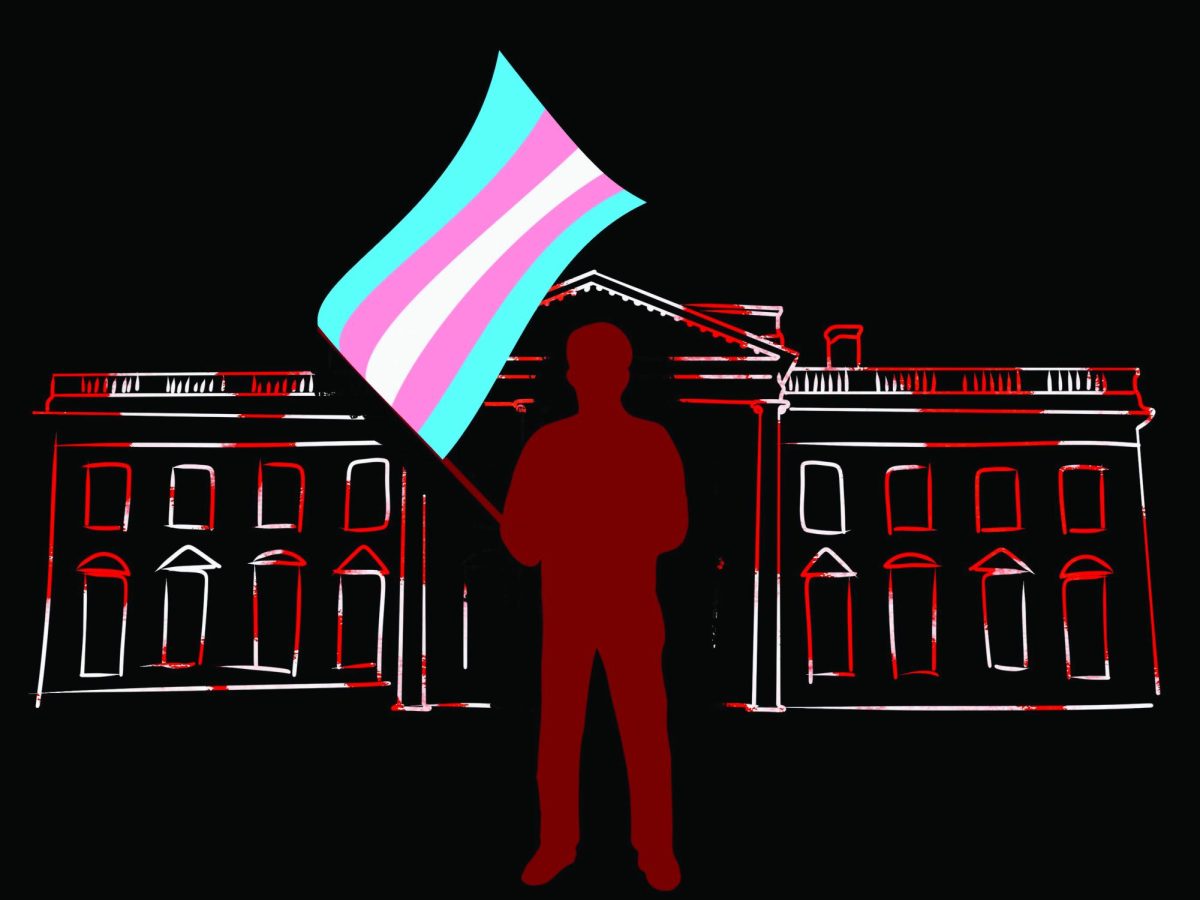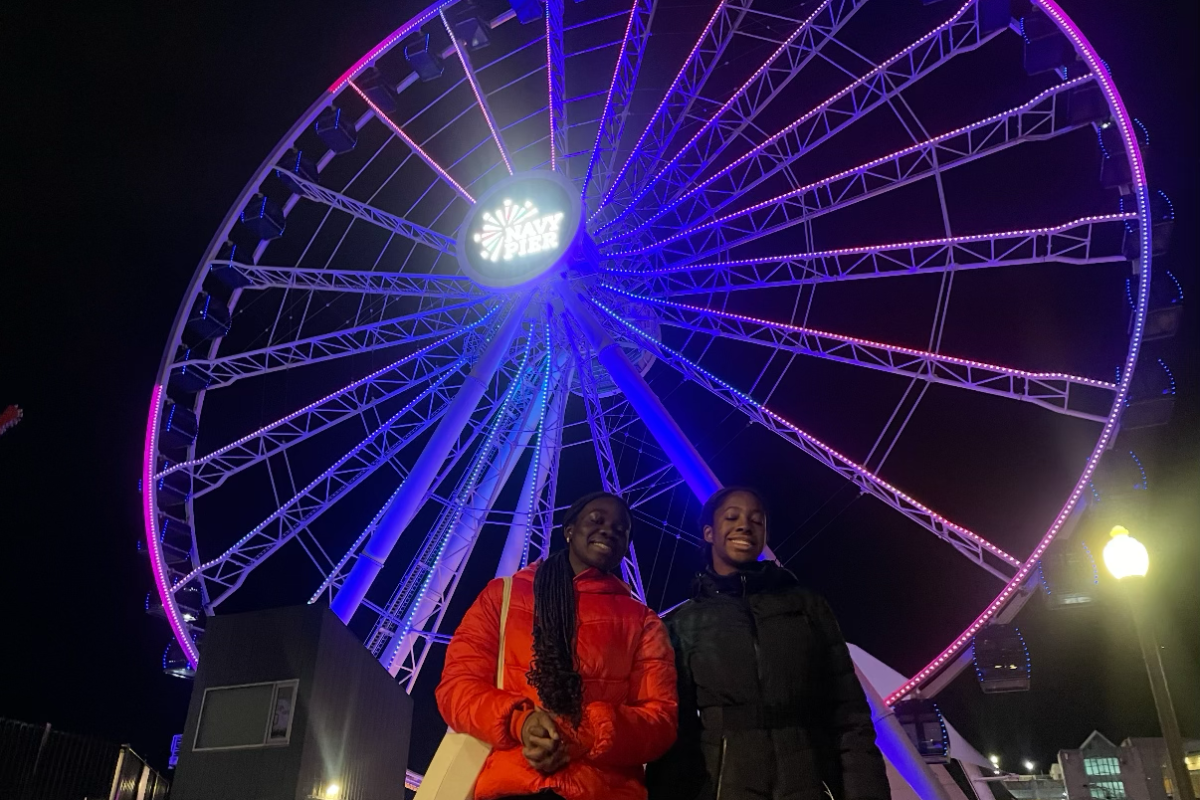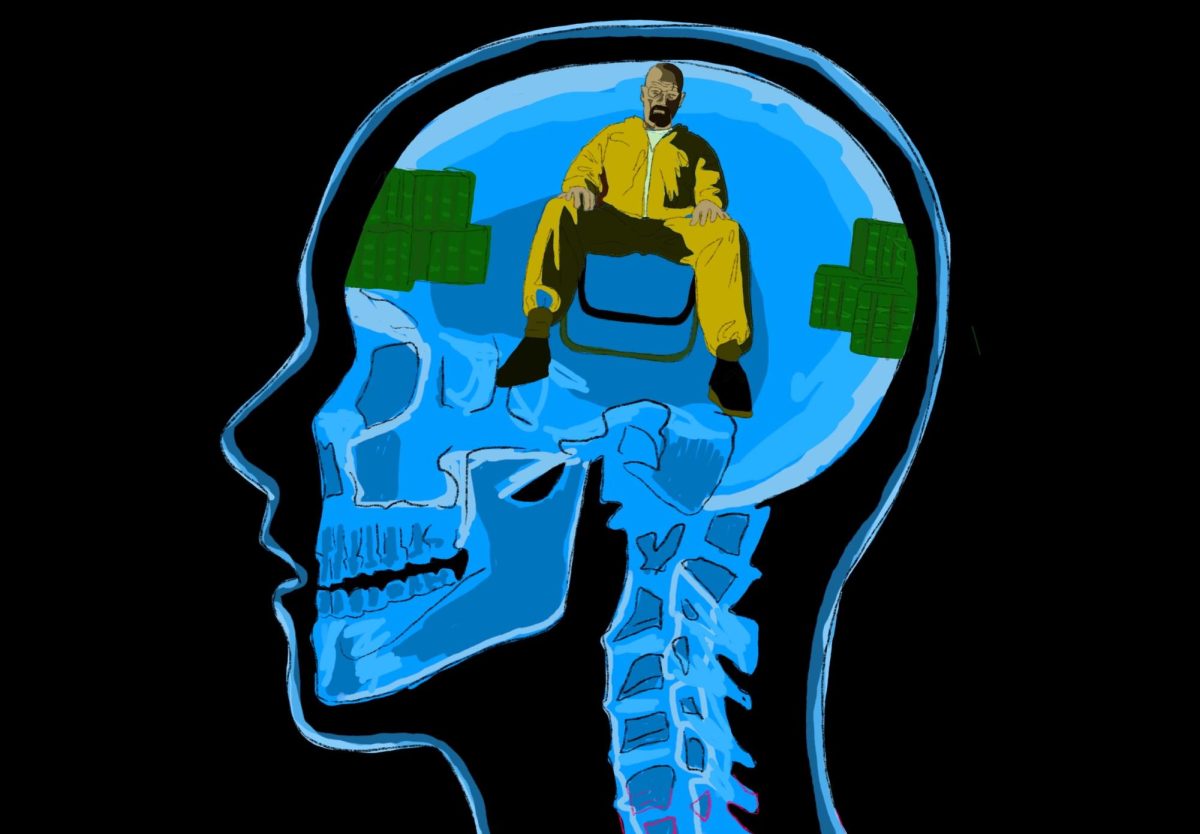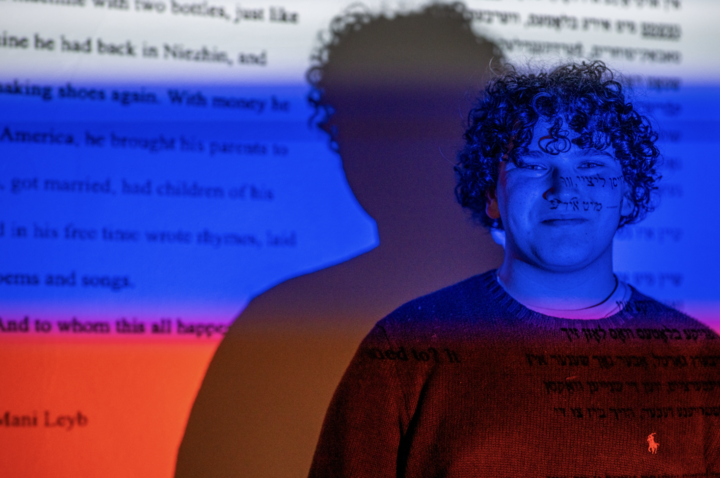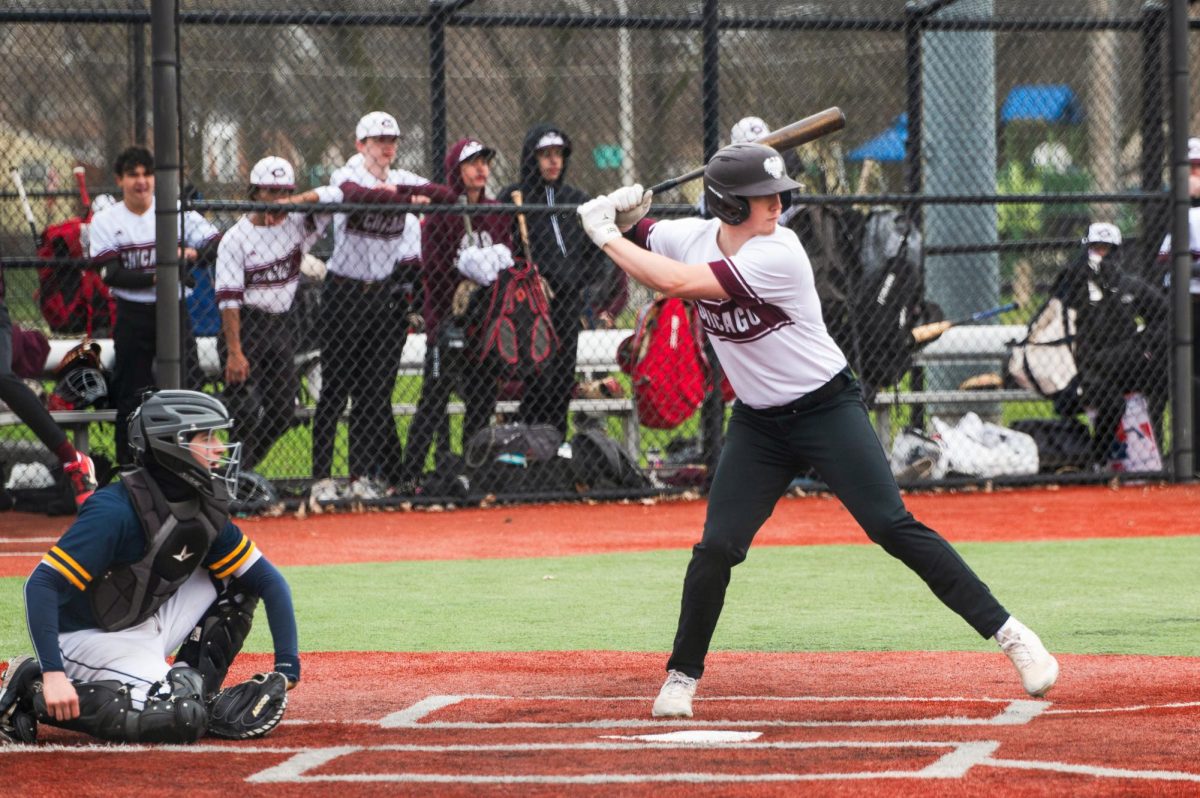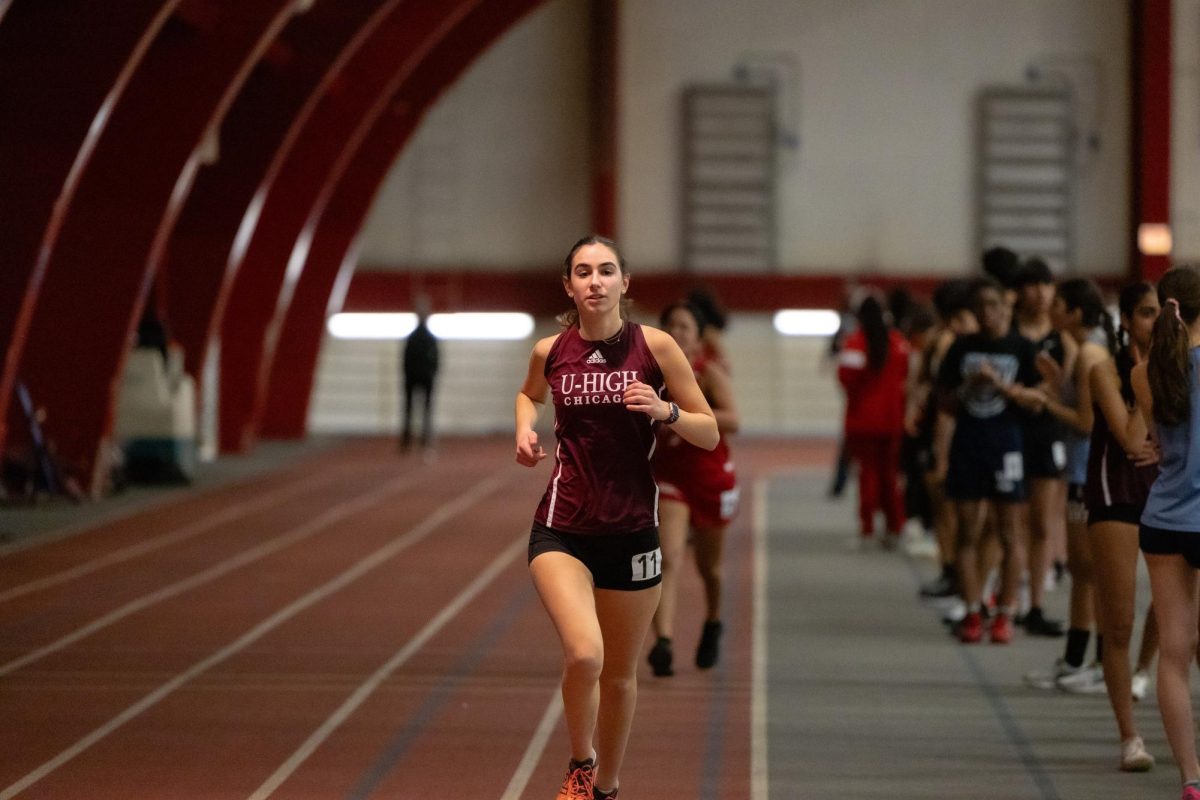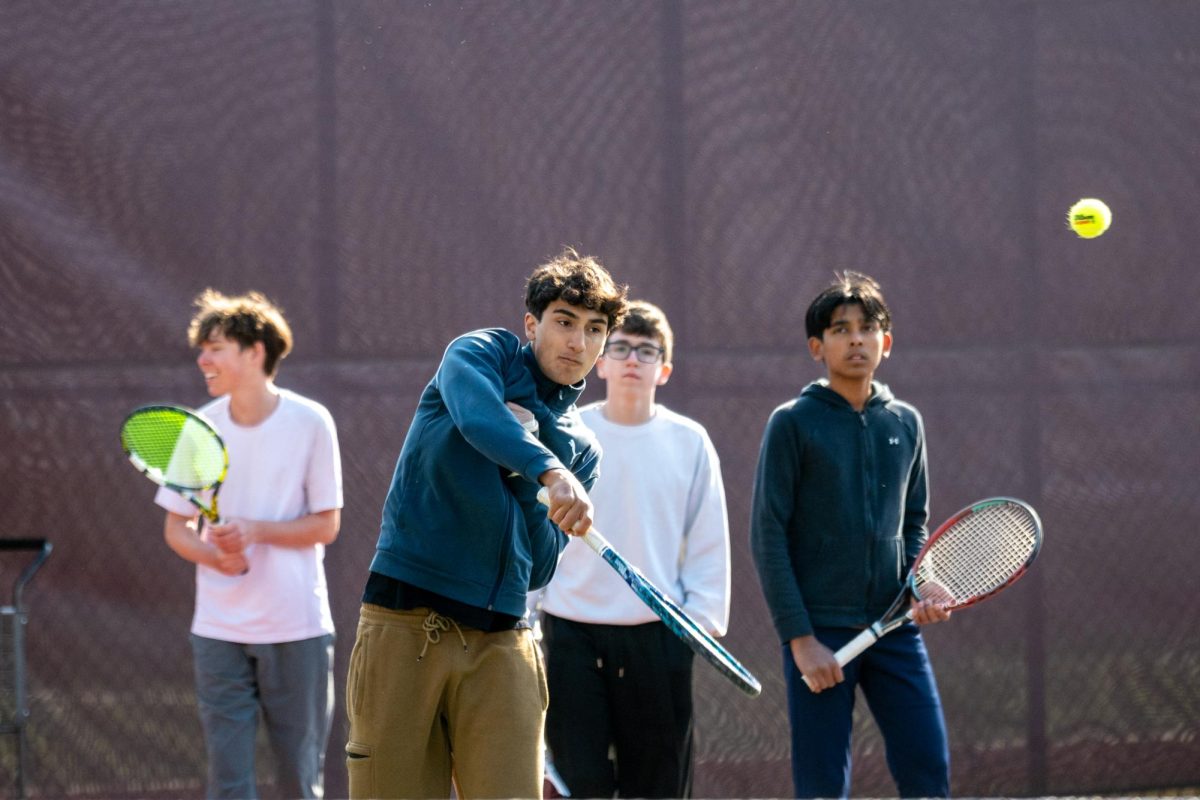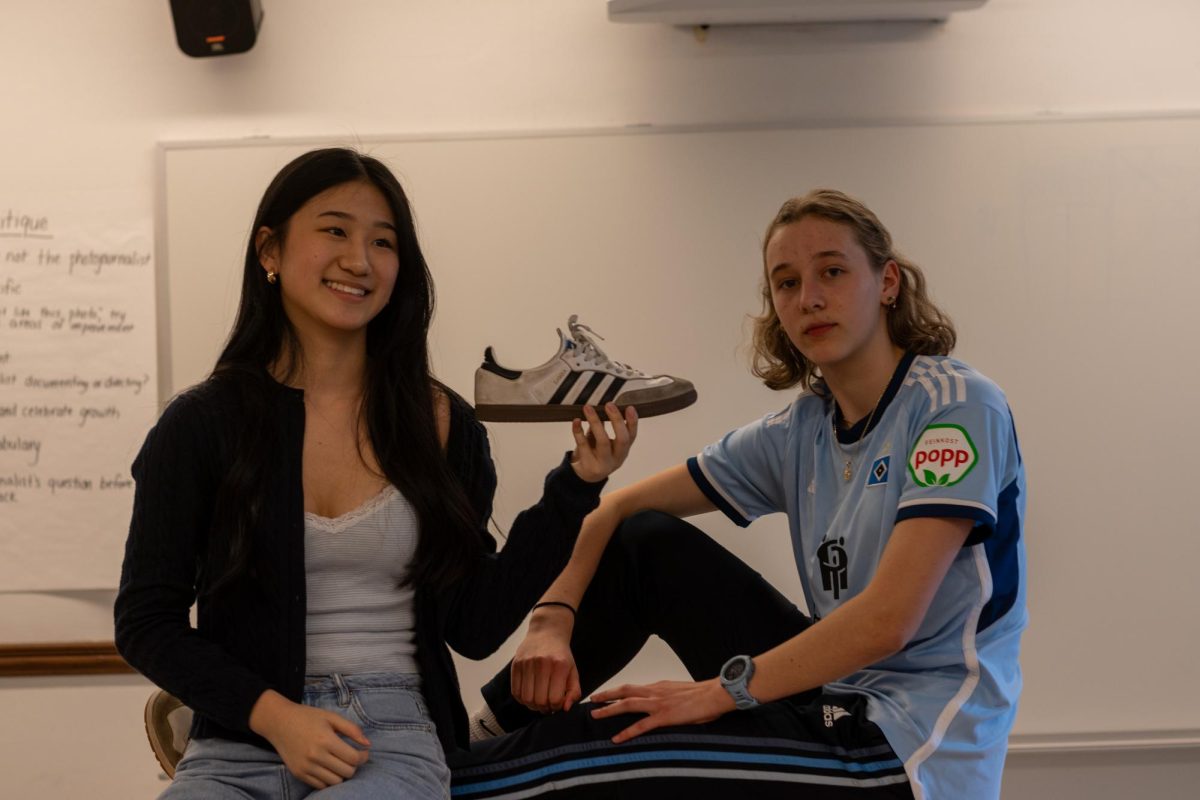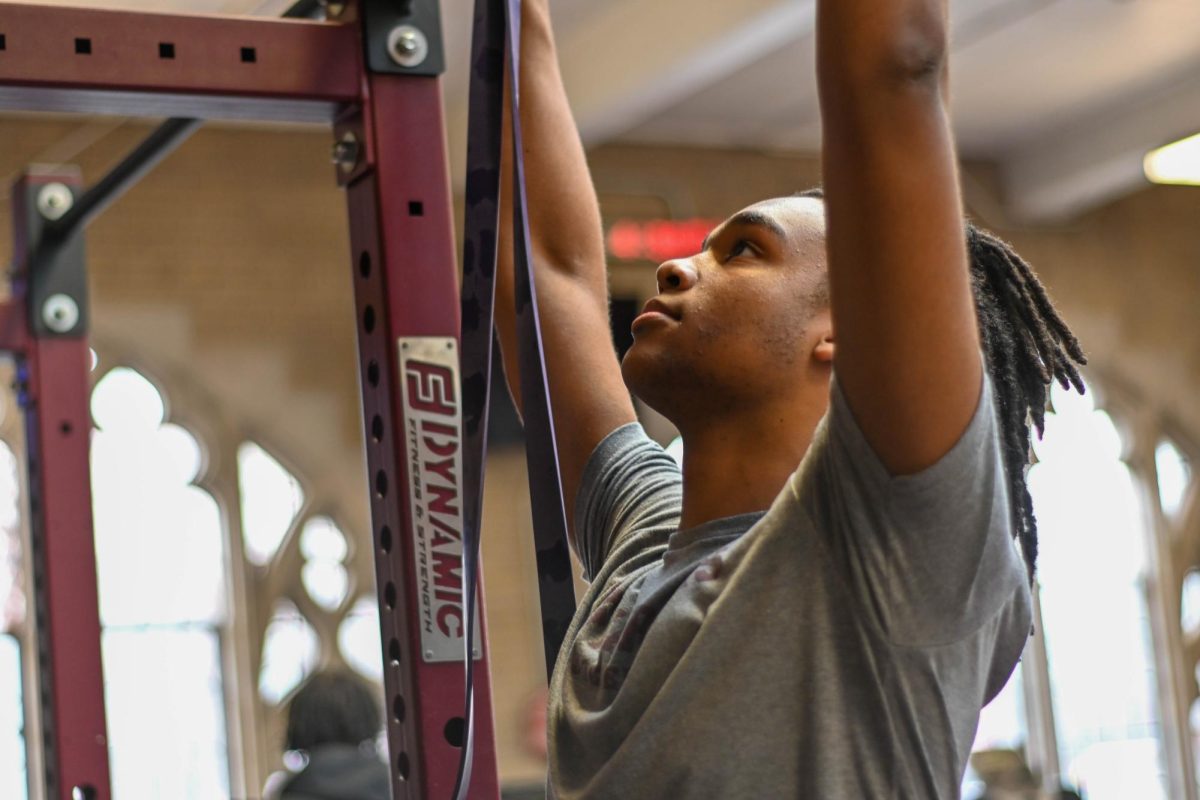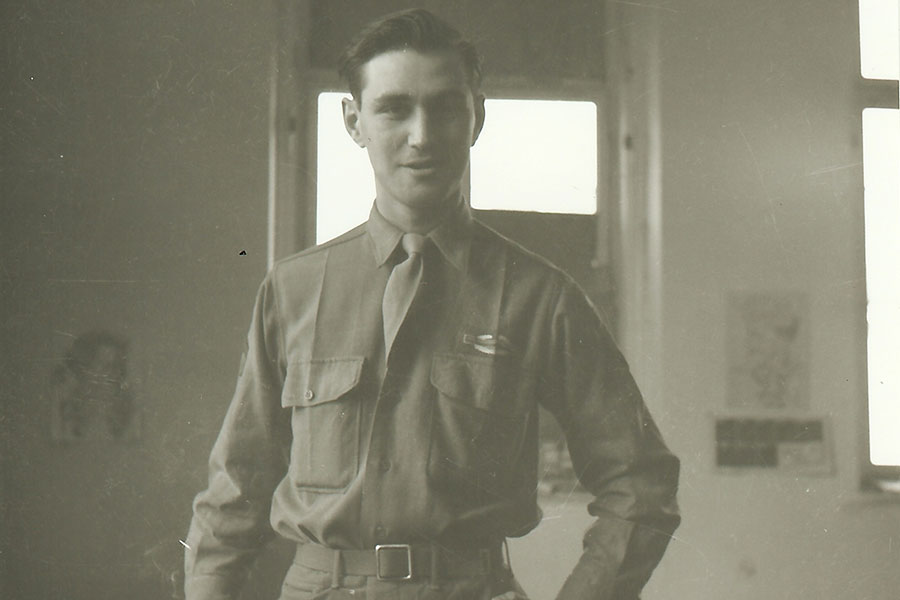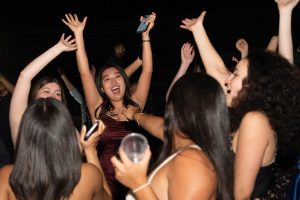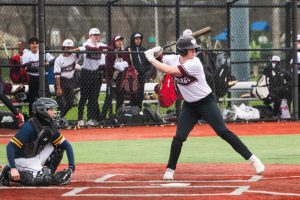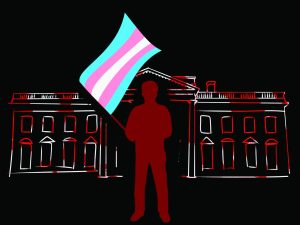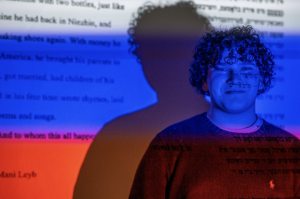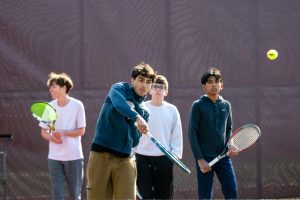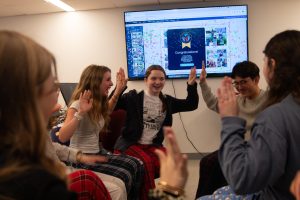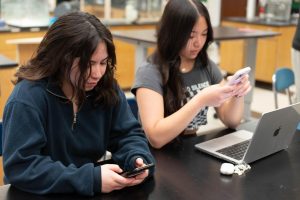Sounds from Holocaust artifacts used for digital composition
May 3, 2019
Zippers. Boots. Menorah. These are just some of the artifacts from the Illinois Holocaust Museum in Skokie used to create a unique piece of music performed at the Holocaust Remembrance assembly May 2.
U-High music teacher Francisco Dean worked with his students in the electronic music ensemble to develop pieces using the sounds of Holocaust-era artifacts. Each sound was digitally arranged using a technique called sound design to create “Frilingdik, Umbazigt” or “As the Spring, Unconquered.”
Many of the artifacts used came from Jerry Glass, who was born in 1926 to a Yiddish-speaking, Jewish family in Chicago. He joined the U.S. Army at 17 and helped liberate the Mauthausen concentration camp and served as a Yiddish translator for Jewish prisoners.
The sound of the zipper on his army jacket, his boots hitting a table and his pants rubbing together are all sounds captured for this project, which was presented at the assembly organized by the Jewish Students’ Association every other year.
Mr. Dean said the arrangement is divided into three movements, each derived from a poem. The first movement comes from “Birdsong,” an anonymous poem, and illustrates the time before the Holocaust. The second, based on “Fear,” captures the time during the Holocaust. The final movement comes from “I am a Jew” and depicts life after the Holocaust.
“We tried to find creative ways to take these articles and these words and bring them to life musically,” Mr. Dean said while sharing samples of the work.
Members of the Lab community, including members of JSA, read each of these poems aloud. Mr. Dean then resculpted the frequencies, turning each recording into a unique frequency. Together, these resculpted sounds create different notes, as one would hear on a piano.
“That’s Nathan Appelbaum saying the word fear slowed down about 600% with some degrading of the signal,” Mr. Dean said of an eerie sound used in the second movement.
In addition to words being digitally altered, other poems were read aloud and incorporated into the performance. World language teacher Marianne Zemil read aloud a letter written in German as well as its English translation.
“The poems themselves are the narrative of the story,” Mr. Dean added. “While a poem is being read aloud, you’ll also hear different words in the background, forming a verbal tapestry.”
To see a behind-the-scenes video created for the event, click here.

